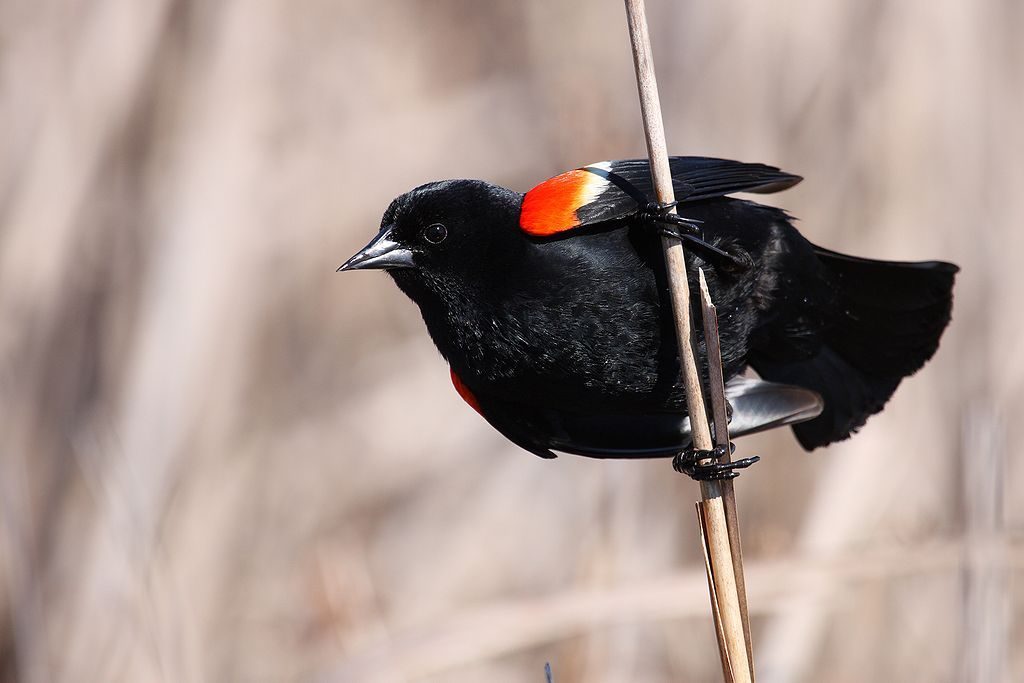
Yesterday I shared a report on the stunning loss of North American birds. 29% have disappeared since 1970 with heavy losses in many of my favorite species including blackbirds, warblers and wood thrushes. We grieve as Silent Spring happens before our eyes.
Though the report was depressing there were two bright spots that provide hope and can guide us from grief to action. The report includes this happy news: Ducks increased 56% and raptors 200% thanks to our intervention.
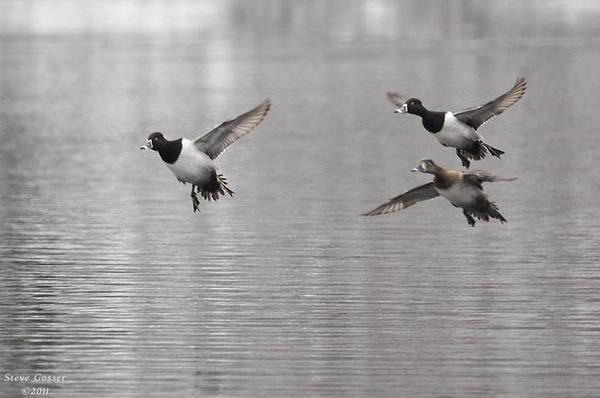
Ducks were in such steep decline in the early 1900s that hunters banded together to reverse the trend. The main cause of decline was habitat loss — the disappearance of wetlands — so they worked to pass wetland protection laws in the U.S. and Canada and migratory duck protection in Mexico. People gave of their time and money to build wetland habitat for waterfowl, especially through Ducks Unlimited. Their effort paid off.
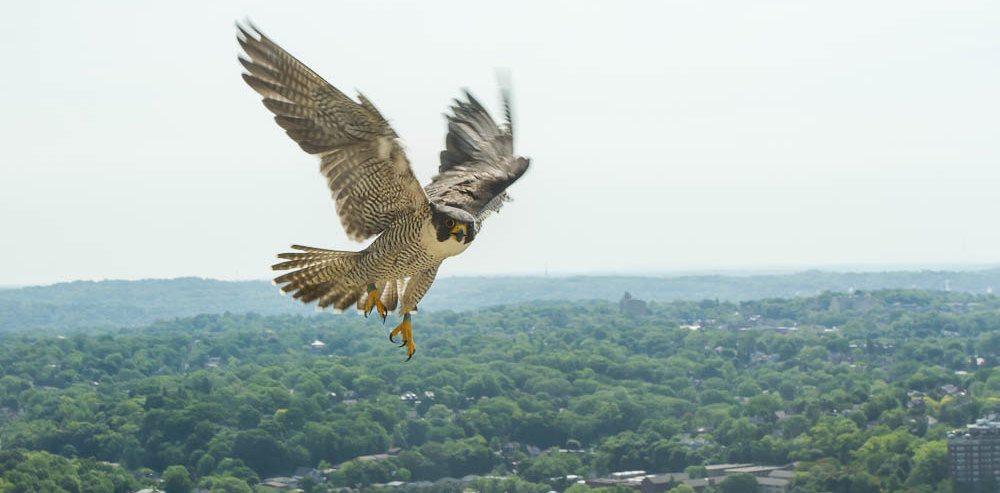
Meanwhile, by 1970 peregrine falcons were extinct east of the Mississippi and bald eagle populations had crashed. The cause was a pesticide — DDT — that was outlawed in the U.S. in 1972. With Endangered Species Act protection and the work of recovery programs, peregrine falcons and bald eagles made a stunning come back.
The recent decline in North American birds has its root in the same problems we solved for ducks and raptors: habitat loss and pesticides. We solved it before, can do it again. We can turn our grief into action.
Our actions can be small scale or large — from our own backyards, to local schools and parks, to the national level.
On a personal scale, Cornell Lab of Ornithology suggests seven simple things. As part of their list, here are two questions to think about: Do you treat your lawn? Do you ‘fog’ your backyard to keep mosquitoes away? Reducing insects means birds and nestlings starve.
On a local and national scale we can work to restore habitat and reduce pesticides through conservation organizations and our local Audubon and birding clubs (see list at end).
And finally, we can work to change attitudes toward nature and we can vote. Wetland protection and pesticide laws were key to saving ducks and raptors. Every level of government — from school board to nation — makes decisions that affect birds.
After an interval of grief, we’ll have a lot to do. We can do it. We just have to try.
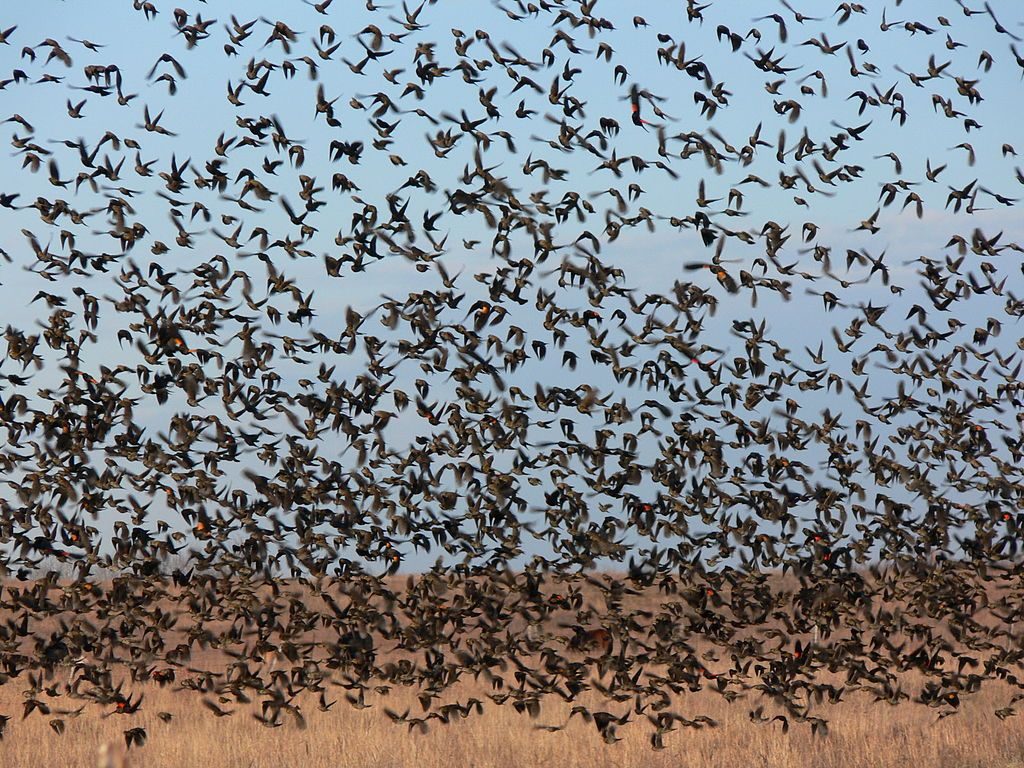
(red-winged blackbird photos from Wikimedia Commons; 7 Simple Things from Cornell Lab of Ornithology; click on the captions to see the originals. Ring-necked ducks by Steve Gosser, peregrine falcon by Peter Bell)
p.s. Pittsburghers, here are some land and bird conservation organizations, mostly local:
- Western Pennsylvania Conservancy: protects and restores exceptional places in Western PA
- Pittsburgh Parks Conservancy: restores city parks, improves habitat
- Tree Pittsburgh: restores and protects Pittsburgh’s urban forest
- For the birds:
- Cornell Lab of Ornithology (lead author of the report on bird decline)
- American Bird Conservancy (co-author of the report)
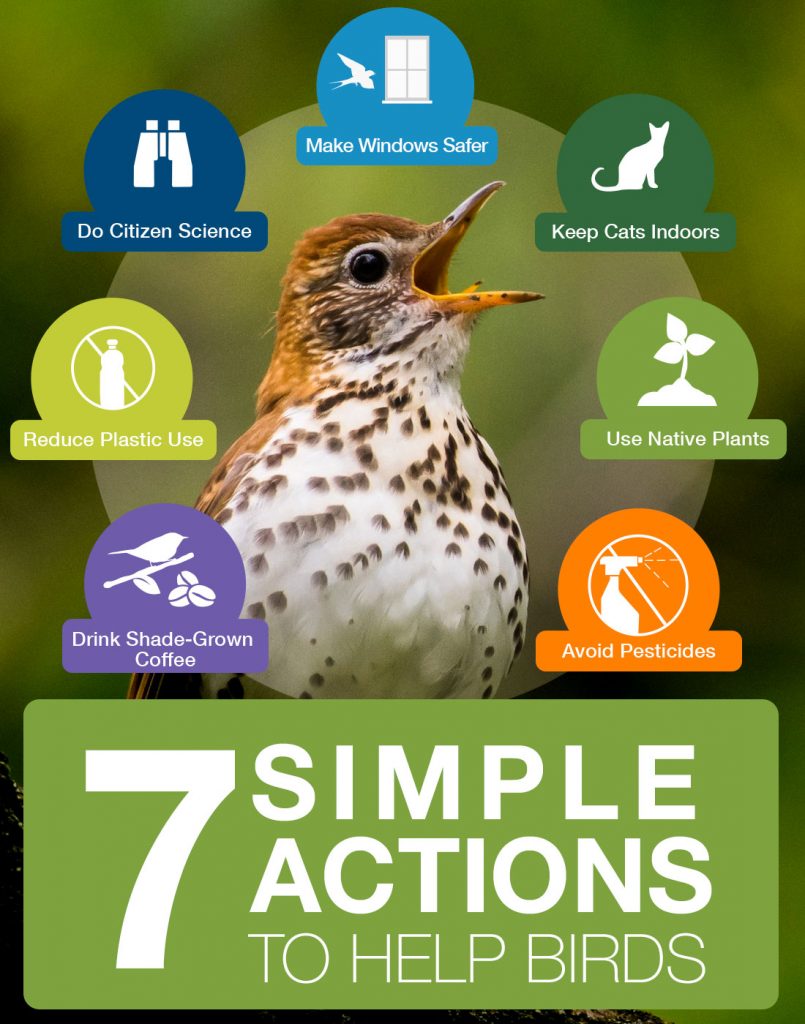
Very interesting discussion. I highly suggest the book Nature Wars. You did a post about deer a little while ago, & linked to another post. The book was recommended in that story. It was a real eye opener, not always in the ways you would expect. Especially feral cats, which are just plain frightening.
I was really surprised to see a decline in the Red Winged Blackbird & Blue Jay. I work outside at my employer’s office a fair amount, & have for 27 years. The RW Blackbird population in that area has exploded in the past 10 years or so. I love being outside in the spring & summer listening them sing. If you were to ask me what bird I have seen more of this year than any other I would say Blue Jay. I also travel for work, & am outside a lot. I’ve been seeing a huge amount of Blue Jays everywhere is SW Pa the past month or so. But I guess you have to look at a bigger picture than one guy’s observations.
Scott, Thanks for the book recommendation. 🙂
I’m not surprised you’re seeing a lot of blue jays, especially right now. My eBird records show that they are particularly plentiful in my neighborhood every year from September through January (Greenfield, Schenley Park, Frick Park). The jays are probably northern migrants spending the winter in Pittsburgh. I wonder if they came down from Canada.